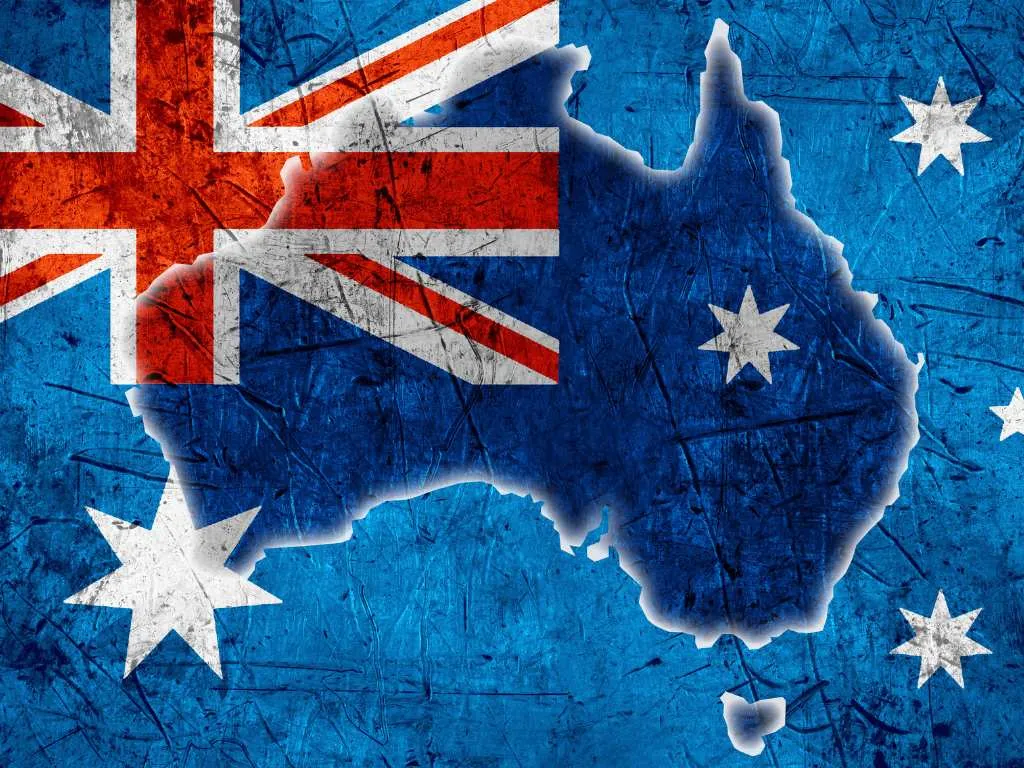News Details

Australia - Key Regulatory Insights 2024
The regulation of industrial chemicals in Australia is governed by the Industrial Chemicals Act 2019 (IC Act), which came into force on March 12, 2019. This Act established the Australian Industrial Chemicals Introduction Scheme (AICIS) and its Executive Director and provides the regulatory framework for the importation and manufacture (referred to as "introduction") of industrial chemicals into the country. The IC Act is further supported by the Industrial Chemicals (General) Rules and the Industrial Chemicals Categorisation Guidelines, which provide technical and operational details for compliance. The AICIS, which replaced the National Industrial Chemicals Notification and Assessment Scheme (NICNAS) on July 1, 2020, operates under the Office of Chemical Safety (OCS) within the Department of Health and Aged Care. Its primary objective is to protect human health and the environment by regulating, assessing, and managing the risks associated with the introduction of industrial chemicals.
At the national level, chemicals are regulated according to their intended use, with four main authorities overseeing different sectors. The AICIS regulates industrial chemicals, including those found in paints, adhesives, inks, plastics, soaps, and cosmetics. The Australian Pesticides and Veterinary Medicines Authority (AVPMA) regulates agricultural and veterinary chemicals, such as pesticides, insect repellents, and veterinary medicines. The Therapeutic Goods Administration (TGA) is responsible for medicinal and therapeutic products, including skin-whitening lotions, complementary medicines, and blood products. Finally, Food Standards Australia and New Zealand (FSANZ) regulates food ingredients and additives, ensuring the safety of processing aids, colourings, vitamins, and minerals. These regulatory bodies work together to ensure that chemicals introduced into Australia meet safety, health, and environmental standards.
Key News from 2024
Australia and New Zealand Adopt Updated Sunscreen Standard
On April 11, 2024, the Therapeutic Goods Administration (TGA) announced the adoption of the new Australian/New Zealand Sunscreen Standard: AS/NZS 2604:2021. The update aims to align sunscreen regulations in both countries, ensuring higher standards of safety and efficacy for consumers. Key changes include improved UV protection, stricter testing requirements, updated labelling guidelines, and regulatory harmonization to facilitate smoother cross-border trade. Transitional arrangements are in place, with all new sunscreen products registered after July 1, 2024, being required to comply with the new standard. Existing products have been granted transition periods to meet the updated requirements. These changes are expected to improve public health by ensuring that only high quality sunscreen products are available on the market. Read more here.
AICIS Implements New Categorisation, Reporting, and Record-Keeping Requirements
Effective April 24, 2024, the Australian Industrial Chemicals Introduction Scheme (AICIS) implemented new categorization, reporting, and record-keeping requirements. These updates are designed to streamline compliance processes and enhance regulatory oversight. Introducers of industrial chemicals must now ensure adherence to the revised requirements in order to remain in compliance. The changes reflect the AICIS’s ongoing efforts to improve chemical regulation in Australia. Read more here.
AICIS Releases Version 3 of Industrial Chemicals Categorisation Guidelines
On September 24, 2024, the Australian Industrial Chemicals Introduction Scheme (AICIS) released Version 3 of its Industrial Chemicals Categorisation Guidelines. The major update includes a significantly expanded list of high hazard chemicals, adding nearly 600 unique entries. The revised list consolidates chemicals recognized as highly hazardous by trusted national and international bodies, such as the European Chemicals Agency (ECHA) and Japan's Chemical Substances Control Law (CSCL). This expansion is designed to assist introducers in accurately categorizing chemicals as exempted, reported, or assessed, ensuring compliance with current hazard assessment standards and aligning with recent regulatory changes. Read more here.
Australia Updates IChEMS Register with New Substances and Amendments
On December 5, 2024, Australia updated the Industrial Chemicals Environmental Management Standard (IChEMS) Register, with changes taking effect on July 1, 2025. Five substances, including polychlorinated biphenyls (PCBs), hexachlorobenzene, and polychlorinated terphenyls (PCTs), were added to Schedule 7 (banned use), while certain surfactants were added to Schedule 3 (controlled use). Amendments were also made to existing listings, including perfluorooctanoic acid (PFOA) and pentachlorobenzene. These updates aim to strengthen environmental protection and align with global chemical management standards. Read more here.
We acknowledge that the above information has been compiled from Environment Protection Australia.

 Twitter
Twitter
